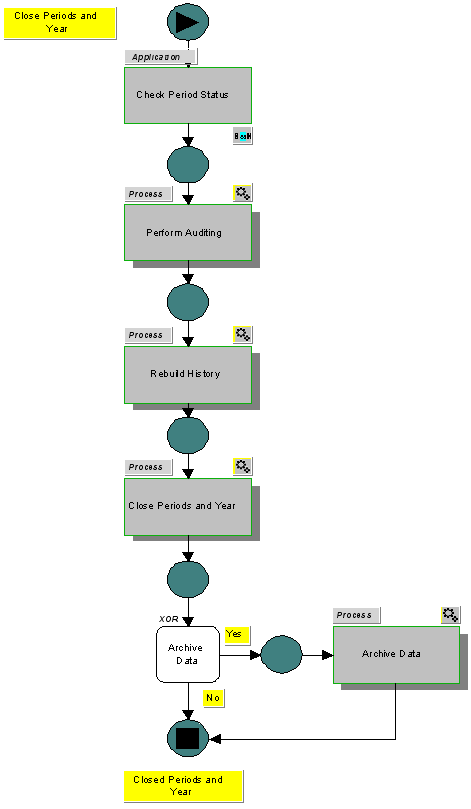Cost Estimate and Accounting in ERP
April 3, 2025
 Cost Estimate and Accounting in ERP
Cost Estimate and Accounting in ERP
The costing module is one of the important controlling modules which enables effective internal cost control and accounting. All functionalities regarding cost analysis and cost allocations are provided by this module. The cost accounting module is highly integrated with budget and general ledger modules as well as draws input and provides output to various logistics…
 Cash Management Module in ERP
Cash Management Module in ERP
Cash management module provides information relating to cash flow of the organization, by processing and analyzing all cash and bank transactions, arising out of payment of supplier’s invoices, receipt from sales invoices, stand alone payment and unallocated payment/receipts. Cash management module also allows analyzing financial transactions for a given period of time and provides information…
 Change and Risk Management in ERP Implementation
Change and Risk Management in ERP Implementation
An ERP system is a process and not an end in itself. Perfunctory Implementing of ERP system will not boost efficiency. Reasons for failure of an ERP project such as lack of commitment from management and employees, lack of communication, knowledgeable employees not available for the project, are mostly organizational issues and have nothing to…
Financial accounting module of an ERP package provides company wide control and integration of financial information. This module provides the ability to centrally track financial accounting data within a framework of multiple companies, languages and currencies.
The General Ledger (GL) module is the heart of finance package of an ERP system. Through integration with logistics, business processes as well as with accounting sub ledgers of other finance modules such as accounts payable, accounts receivable, cash management, GL provides a central pool of accounting data required for finance reporting (including statutory reports) and other purpose. One of the important functions of GL is to real time update of sub ledger, thus eliminating the time consuming reconciliation. GL also provides summarized data for use in planning, control and reporting.
The important components of GL are:
Integration with other modules: Some of the modules, integrated with GL are:
GL master data set up: One of the important processes of GL is setting up chart of Accounts, which is a complete structure of ledger accounts used by the organization. Chart of Accounts can be flexibly structured both at a parent and individual company level. Chart of Account may also be defined separately for statutory purpose as well as well as for the purpose of reporting to management. In some packages, the concept of dimension is used which gives a vertical view on ledger account. Another important parameter of GL is transaction type which identifies different categories of transactions such as journal voucher, sales invoice, cash, and corrections. Other important parameters of GL are i) parent company and company parameters (this will contain accounts for profit and loss, currency fluctuations etc. ii) Periods (Fiscal and Tax), iii) Tax code by countries
GL integration set up with logistics modules: Integration mapping scheme needs to be defined for posting of logistics transactions into finance. Examples of logistics transactions (for different transaction origins) that result in a corresponding financial transaction and for which corresponding chart of accounts are needed to be defined, are given below:
Period and Year Closing: If a period or year is past its end date, it needed to be closed and the result is to be posted in next period/ year. Before closing any period it is necessary to check the status of the period. Next, auditing, reconciliation, passing of final correction entries and rebuilding of ledger history is carried out.
In the last part of this process, closing of the periods, final closing of the periods and closing the year and and archiving of data is done.
A typical flow diagram of closure of period and year, is given below:

Your email address will not be published. Required fields are marked *